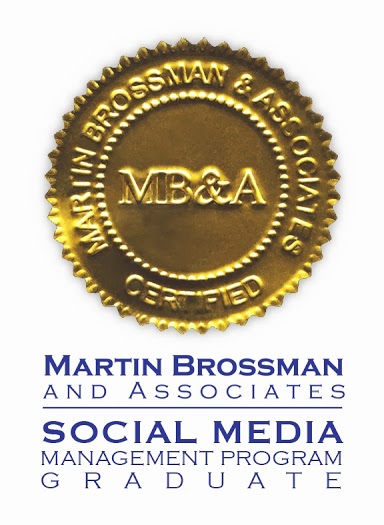From Bob Lewis, IS Survivor: July 9, 2012
Posted here because I can never remember all six of the “good, fast and cheap” real life dimensions, and they matter. Just like change comes in project change and application change, and defects come in project defects and application defects, and they are all very different things.
Understand, I’m a theory-of-constraints guy.
Theory of Constraints says that for every business function, right after ranking the six dimensions of optimization (fixed costs, incremental costs, cycle time, throughput, quality, and excellence) in order of importance, the next step is identifying the most serious barrier to improving the top-ranked dimension, doing what’s necessary to remove it or reduce it until it’s no longer the most serious barrier. If that means customizing the supporting software, so be it.
Repeat ad infinitum.
It’s straightforward. It works.
Even better, you won’t need to renegotiate terms after the thrill of an outsourcing deal is gone.



Follow Us!